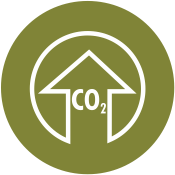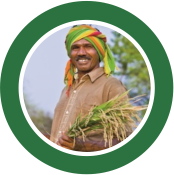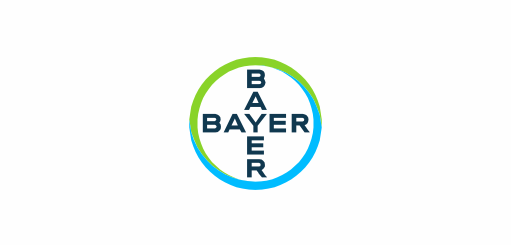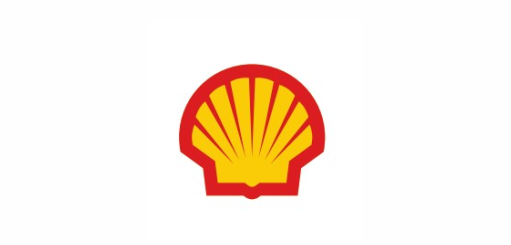Climate mitigation, the rice way

GHG Emissions
Conventional rice cultivation, which involves the continuous flooding of paddy fields, accounts for 8-10%1 of global methane emissions - 28 times the global warming potential of carbon dioxide.

Water Consumption
Rice production consumes 24-30% of global freshwater, requiring 3000-5,000 liters of water per kg of rice produced, exacerbating scarcity for 2.2 billion people globally without access to safe drinking water2 .

Food Security
Rice is a staple food for more than 3.5 billion people in the world. The impending global population surge to 10 billion by 20503 mandates a crucial 25% increase in rice production to meet demand.

Smallholder Livelihood
Smallholder4 rice farmers (<2 hectares), predominantly follow the flooded rice cultivation method, hardly earn $2,000-$4,000/year and are vulnerable to climate change. They need support to adapt to climate change and protect their livelihoods.
TGRA aims to generate carbon credits with this project and we hope to allow customers to offset carbon emissions and support water conservation with our credits, while also empowering smallholder farmers to adopt sustainable agriculture practices for a resilient future.
Pilot project is supported by



